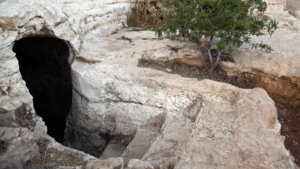 First of all, this is a risky sort of blog to write and I have been debating it for almost a year now, ever since I discovered an aggadic text about the Messiah dating from the 9th century of the common era – well, not so much discovered as read it in a book! Now, what is Aggadah and why is it important? Aggadah is legendary material, and full of myths that elaborate on Jewish beliefs on various subjects. The text I will be referring to in this article is Pesikta Rabatti, a collection of legends dealing with the Feasts. They do not detail actual events, and no one would confuse them with historical accounts, but relate concepts, beliefs, and/or larger truths that the authors wanted to convey. If you want to compare Jewish Aggadah with something Christian, we might choose Pilgrim’s Progress or the Screwtape Letters. It isn’t a perfect comparison, but we can all see how those writings convey truth through fanciful situations. The reason I want to introduce Aggadah to you is because this was a very common, popular, and completely accepted literary form that we even see in the Hebrew Scriptures. In our modern world, we have decided that accuracy is king – and further, that to be true something must be accurate, but this is a very modern mindset, one spawned during the Age of Reason in response to a growing scientific mindset. In order to compete with hard facts and figures, believers exalted accurate facts and figures over true concepts, and often over truth itself – as though truth can be confined by our limited understanding and rules, reduced to letters and numbers that we can comfortably grasp. Sadly, this creates problems when reading the Bible, which was written about truth, not in order to measure up to our almost idolatrous fascination with scientific modes of thought (and I am speaking as a Chemist married to a Chemical Engineer, so don’t think you can accuse me of being anti-science!). Scientific level accuracy is important, in science, but when it comes to larger truths, science falls short because we are very limited in both understanding and knowledge as compared to God.
First of all, this is a risky sort of blog to write and I have been debating it for almost a year now, ever since I discovered an aggadic text about the Messiah dating from the 9th century of the common era – well, not so much discovered as read it in a book! Now, what is Aggadah and why is it important? Aggadah is legendary material, and full of myths that elaborate on Jewish beliefs on various subjects. The text I will be referring to in this article is Pesikta Rabatti, a collection of legends dealing with the Feasts. They do not detail actual events, and no one would confuse them with historical accounts, but relate concepts, beliefs, and/or larger truths that the authors wanted to convey. If you want to compare Jewish Aggadah with something Christian, we might choose Pilgrim’s Progress or the Screwtape Letters. It isn’t a perfect comparison, but we can all see how those writings convey truth through fanciful situations. The reason I want to introduce Aggadah to you is because this was a very common, popular, and completely accepted literary form that we even see in the Hebrew Scriptures. In our modern world, we have decided that accuracy is king – and further, that to be true something must be accurate, but this is a very modern mindset, one spawned during the Age of Reason in response to a growing scientific mindset. In order to compete with hard facts and figures, believers exalted accurate facts and figures over true concepts, and often over truth itself – as though truth can be confined by our limited understanding and rules, reduced to letters and numbers that we can comfortably grasp. Sadly, this creates problems when reading the Bible, which was written about truth, not in order to measure up to our almost idolatrous fascination with scientific modes of thought (and I am speaking as a Chemist married to a Chemical Engineer, so don’t think you can accuse me of being anti-science!). Scientific level accuracy is important, in science, but when it comes to larger truths, science falls short because we are very limited in both understanding and knowledge as compared to God.
I have always struggled with Matthew 27: 52 The tombs also were opened. And many bodies of the saints who had fallen asleep were raised, 53 and coming out of the tombs after his resurrection they went into the holy city and appeared to many.
This is probably the most stunning claim in all of Scripture (short of the Resurrection itself), not because it is somehow unbelievable in a book filled with miracles, but because it is spoken of nowhere else – not in history, nor in any of the other accounts. This would have happened during Passover week, and this was no small event. Did it really happen, or was this something that could only be understood within the context of Messianic expectations? Was it code for a certain concept floating around in the Messianic beliefs of the time? I will tell you right now that I do not have the answers and won’t argue this, at all. I put this out there only for educational purposes. I believe the Bible 100%, but in some cases, I believe we don’t always know how the author of a certain Gospel intended it to be read (this is more true for John than any other book). I believe the Bible is 100% truth. Just so we’re clear on that. I just believe that our ancestors have wandered far from the context of the people it was written by and to – whereas it was only written for us. Does that make sense? The Bible is for us, but we were not the original audience, nor did the authors write from our cultural mindset and point of view.
So, what if Matthew was using a well-known legend/belief in order to communicate a concept that would have been readily understood by his Jewish audience? In a way that they would completely understand, and have an “aha!” moment? Let’s look at that 9th century collection of Feast-related legends:
***************
Pesiqta Rabatti 36 (parenthetical additions in red are mine)
“The Fathers of the World [Abraham, Isaac, and Jacob] will in the future rise up in the month of Nissan (the month of the Passover) and will speak to him(the Messiah): “Ephraim, our true Messiah! Even though we are your fathers, you are greater than we, for you suffered because of the sins of our children, and cruel punishments have come upon you the like of which have not come upon the early and the later generations, and you were put to ridicule and held in contempt by the nations of the world because of Israel, and you sat in darkness and blackness and your eyes saw no light, and your skin cleft to the bones, and your body dried up and was like wood, and your eyes grew dim from fasting, and your strength became like a potsherd. All this because of the sins of our children. Do you want that our children should enjoy the happiness that the Holy One, blessed be He, allotted to Israel, or perhaps, because of the great sufferings that have come upon you on their account, and because they imprisoned you in the jailhouse, your mind is not reconciled with them?”
And the Messiah answers them: “Fathers of the world! Everything I did, I did only for you and for your children, and for your honor and the honor of your children, so that they should enjoy this happiness the Holy One, blessed be He, has allotted to Israel.” (Reconciliation)
Then the fathers of the World say to him: “Ephraim, our True Messiah, let your mind be at ease, for you put at ease our minds and the mind of your Creator!”
R. Shimon ben Pazi said: “In the hour the Holy One, blessed be He, raises up the Messiah until the heaven of heavens and spreads over him the splendor of His Glory [to protect him] from the nations of the world, from the wicked Persians. And He says to him: ‘Ephraim, Our True Messiah, be you the judge over these peoples, and do to them whatever your soul wishes’. For had it not been for my compassion for you which became strong, they would have caused you to perish from the world in one moment…” [God] has mercy on him while he is imprisoned in the jailhouse, for every day the nations of the world gnash their teeth and blink their eyes and shake their heads and shoot out their lips… and roar against him like lions and want to swallow him… [And God says:] “I shall have mercy on him when he comes out of the house of prisoners, for not only one kingdom, or two kingdoms, or three kingdoms will come against him, but one hundred and forty kingdoms will surround him.” And the Holy One, blessed be He, says to him: “Ephraim, My True Messiah, fear them not, because all of them will die from the breath of your lips.“
Instantly, the Holy One, blessed be He, makes seven canopies of precious stones and pearls for the Messiah, and from each canopy four rivers issue forth (in the ancient world, it was customary for four waterways to come out from a Temple/Ziggurat), of wine, milk and honey and pure balsam. And the Holy One, blessed be He, embraces him in front of the pious, and leads him under the canopy, and all the pious and the saintly and the heroes of the Tora (sic.) in every generation see him. And the Holy One, blessed be He, says to the pious: “Pious of the world! So far Ephraim, My True Messiah, has not taken [compensation for as much as] one half of his sufferings, I still have one measure that I shall give him, which no eye has ever seen…” In the hour the Holy One, blessed be He, calls the North Wind and the South Wind and says to them: “Come, honor Ephraim, My True Messiah, and spread before him all kinds of spices from the Garden of Eden..” (taken from Patai, Raphael The Messiah Texts, 1998 edition, pp 113-4)
********************
I highlighted some interesting features in blue, but I am going to focus on very little of the text. It is certainly worthy of being thoroughly investigated and compared to Scripture, but that is beyond the scope of this article.
For now, I want to focus on a few things (1) the expectation of a hierarchy of resurrection, with the Patriarchs rising first from the dead in some traditions; (2) the suffering Messiah motif, on behalf of/because of the children of the Patriarchs; (3) the exaltation of Messiah to the heaven of heavens; (4) the installment of Messiah in a temple/temples.
The Patriarchs, Abraham, Isaac, and Jacob, are buried in Hebron, south of the city of Jerusalem. According to the pseudepigraphic (false name) writings of the few hundred years before the coming of Yeshua, there was a belief that there would be a definite order to the resurrection. In the second century BCE, the Testaments of the Twelve Patriarchs – specifically the Testament of Benjamin 10.6-8 – states that the order of Resurrection would be first Enoch, then Seth, Abraham, Isaac, Jacob and the twelve Patriarchs and that they would be “changed” (what we would call glorified bodies). So when we see, in Pesiqta Rabatti, Abraham, Isaac, and Jacob “rising up in the month of Nissan” during the very month of the year that Yeshua died and resurrected – this is definitely spoken in terms of the resurrection of the dead, a basic first-century belief for all Jews except the Sadducees. The implication is that they have risen up first and pay tribute to the Messiah, calling him “greater than we” during the Passover week.
The next motif we see is the Suffering Servant, which we are all familiar with having its source not only in Isaiah 53, but also in the story of Joseph. The idea of a messiah figure who suffers for the sake of all Israel (as Joseph did on behalf of his family, and because of their sins), saving them from death as a result of that suffering and being exalted to the right hand of God (or Pharaoh, in Joseph’s case) predated Yeshua by a long shot. In Pesikta Rabatti, we see all the classic themes from the Messiah ben Yosef (Messiah “son of” Joseph, coming in the style of Joseph). Here he is called Ephraim because Ephraim was the literal son of Joseph in Scripture, and his name is often used interchangeably with David in terms of representing the Messiah. Again, we see Messiah exalted during the Passover week.
The exaltation of Messiah to the heaven of heavens should have caught your eye immediately – as we see this in Mark 16.19, Luke 24.51, and Acts 1.9. No surprises there, this was in no way controversial within Judaism.
The installment of Messiah into a Temple (seven Temples in this case), hearkens back to Revelation and the description of the Holy Jerusalem where Messiah sits as King for a thousand years, as well as that found in Ezekiel 40-44. These are all well-established Scriptural themes.
So, all this being said, I need to summarize. The idea of the dead rising from the grave to testify of Messiah was not limited to the Gospel account in Matthew 27, but was an existing motif within the Messianic expectations of Judaism. Was this an Aggadic motif in Matthew meant to serve the purpose of driving home the truth that Messiah ben Yosef had indeed come in the person of Yeshua according to some Rabbinic expectations? Was it meant to be taken literally, or as Aggadah? As historical truth, or as an allegory? Did the tombs of Macpelah open and did the Patriarchs come to Jerusalem during Passover to testify about Messiah, or would this have been considered a first-century figure of speech? Either way, the message is the same and very, very Jewish – Ephraim, the One True Messiah, has come.
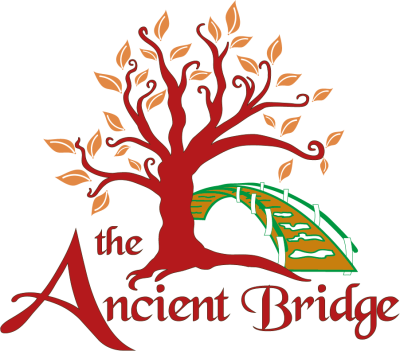
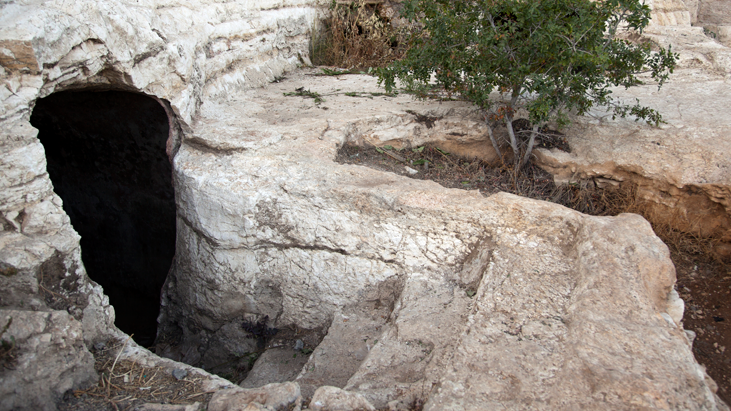


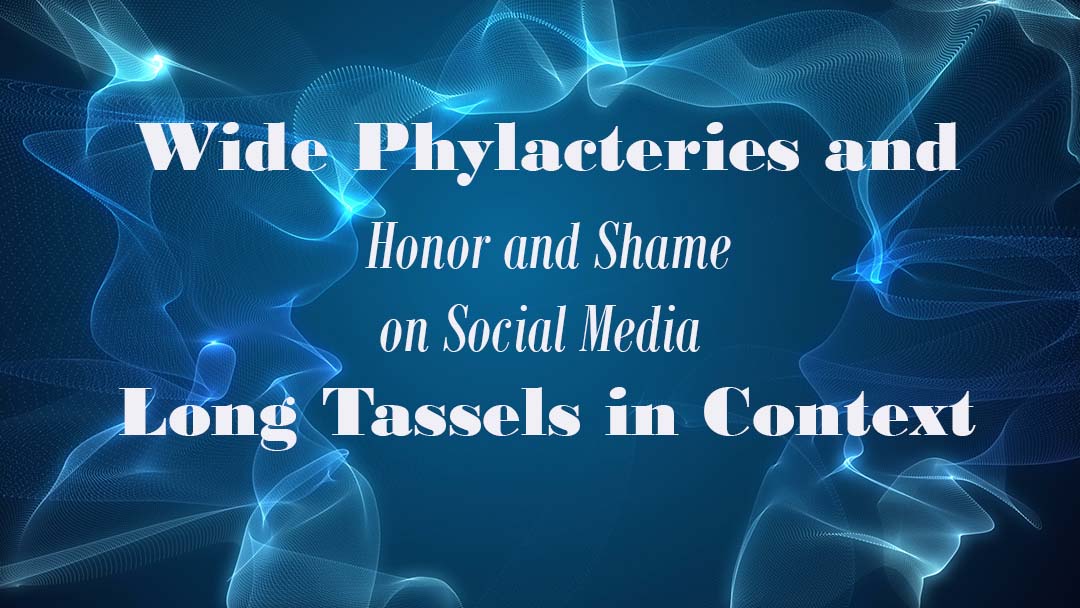
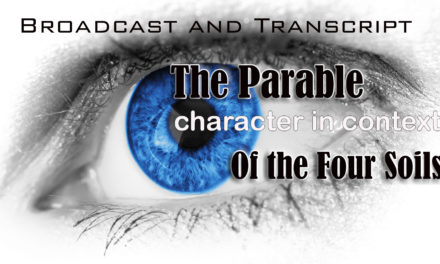
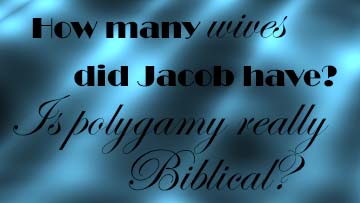

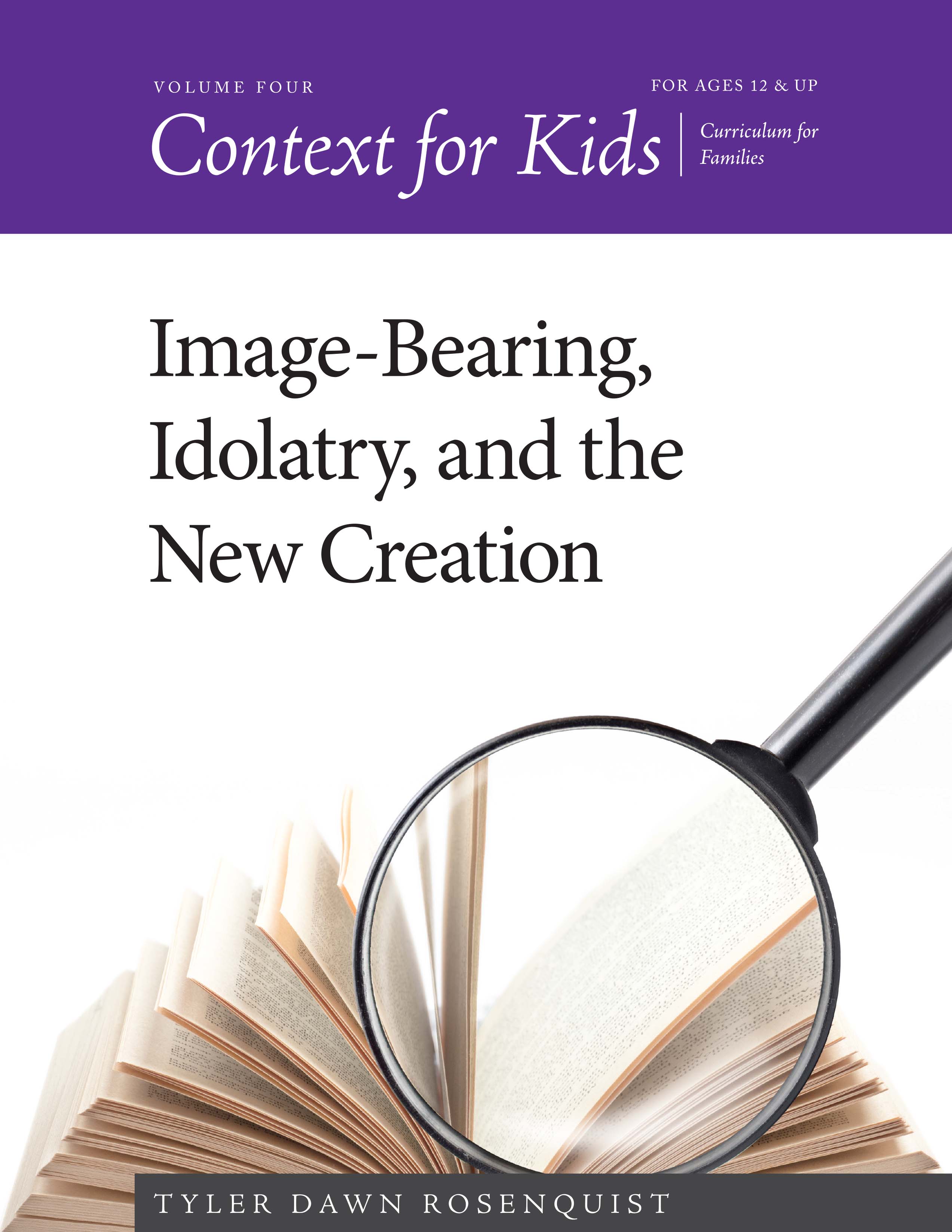
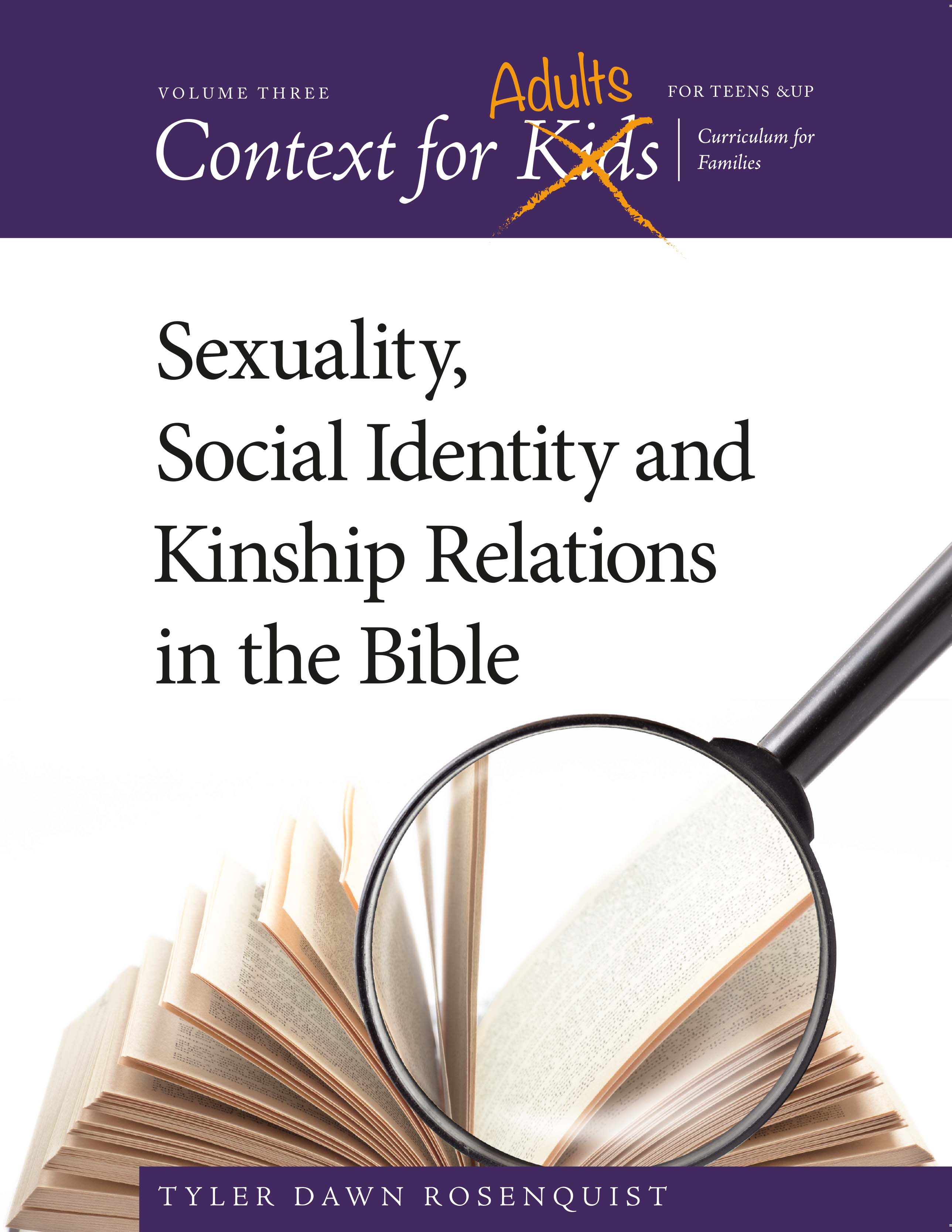
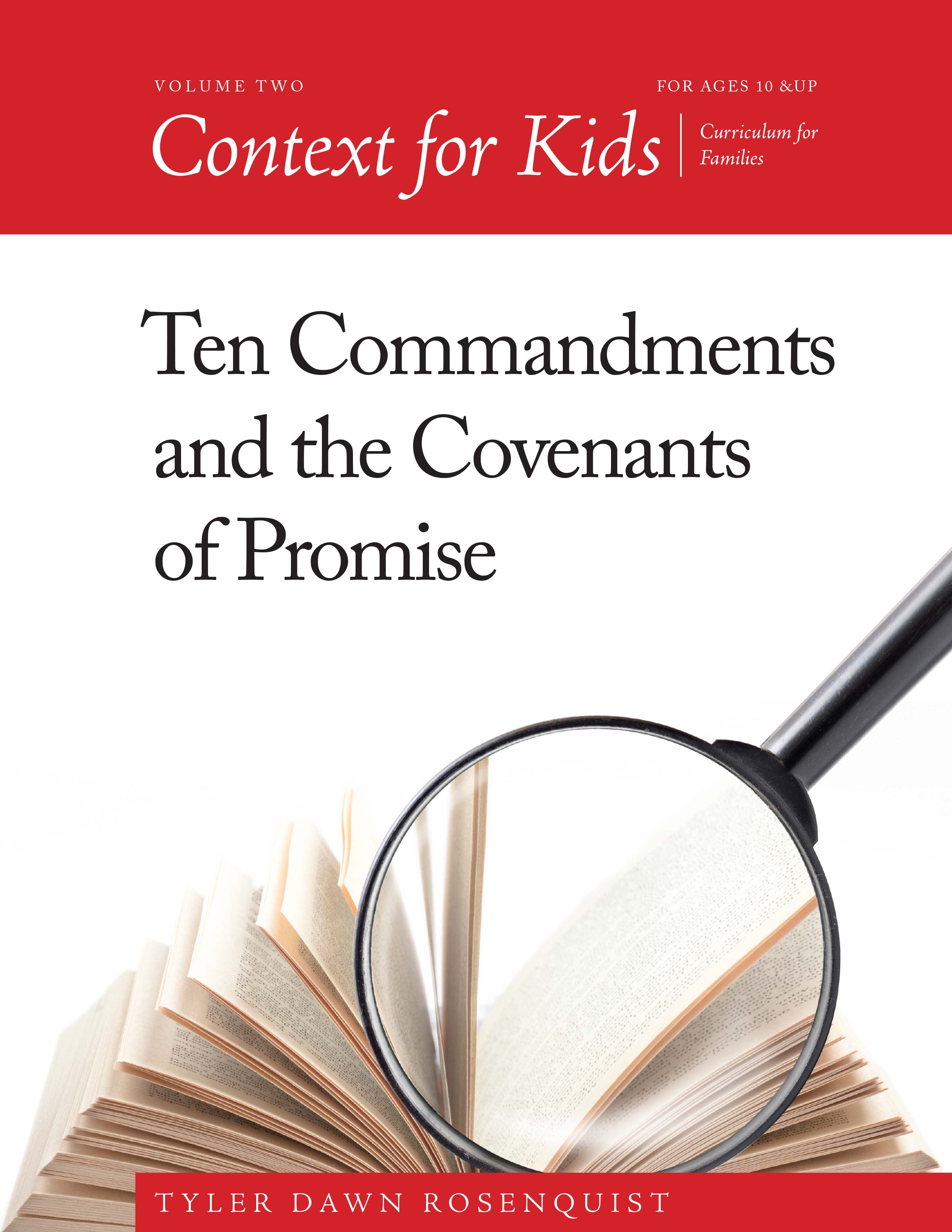
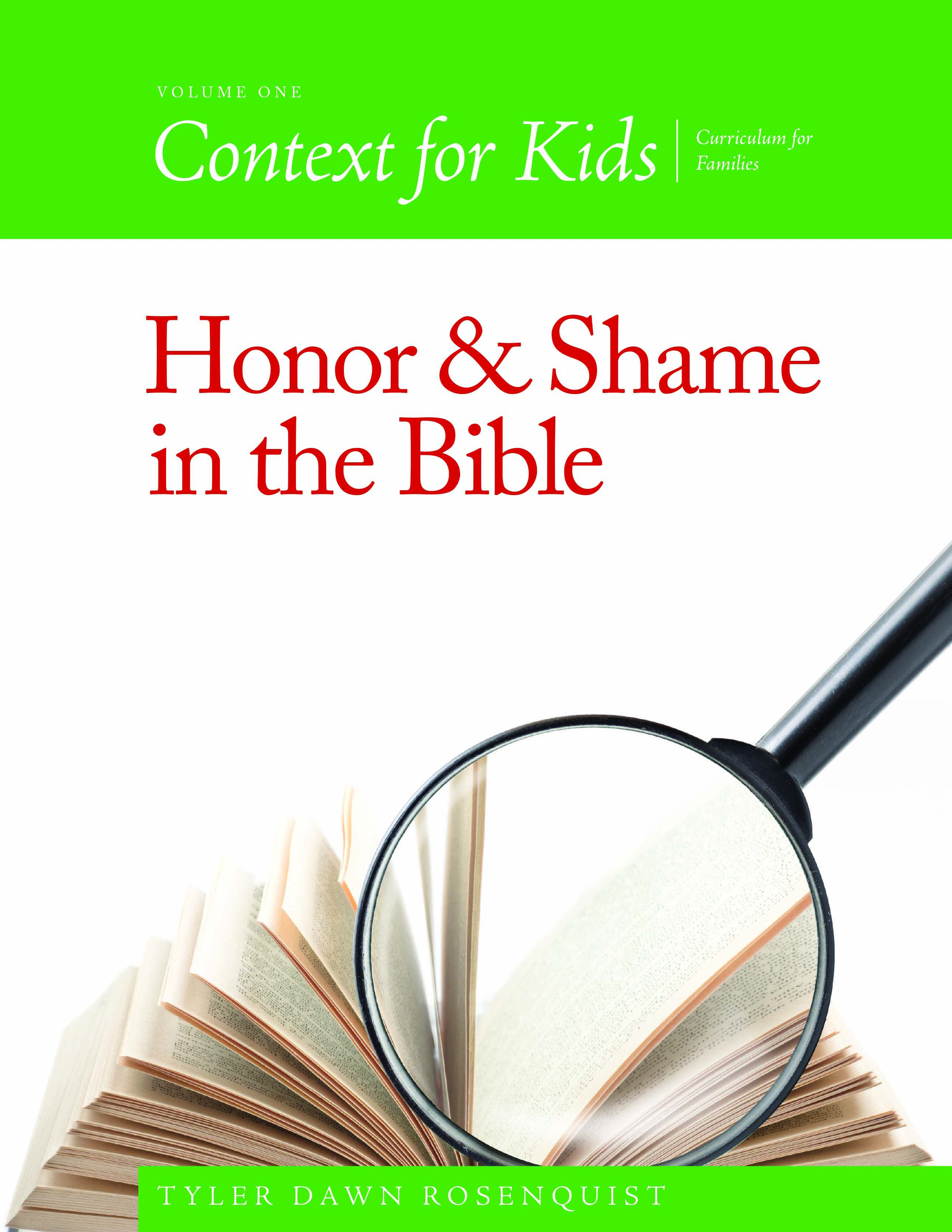
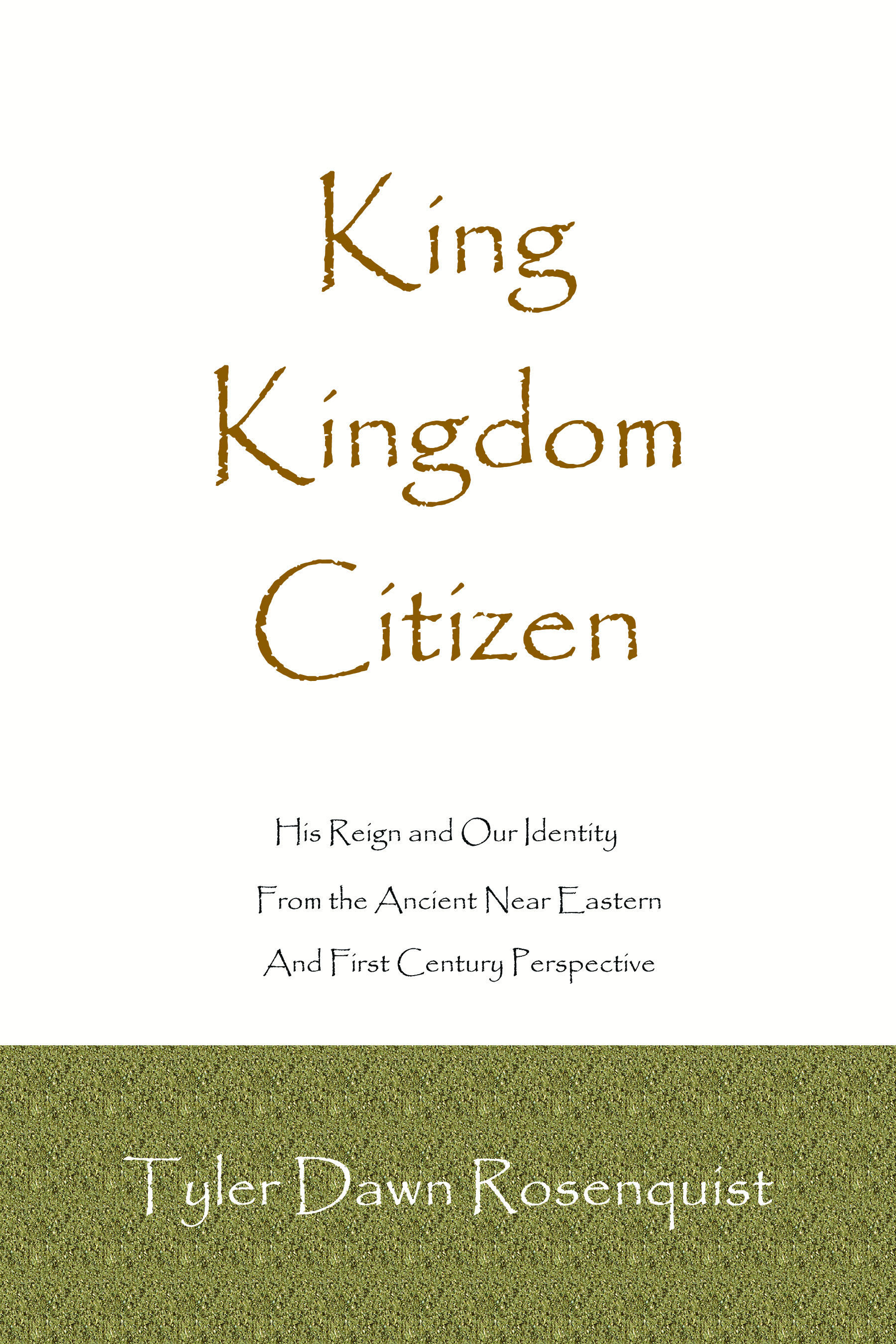
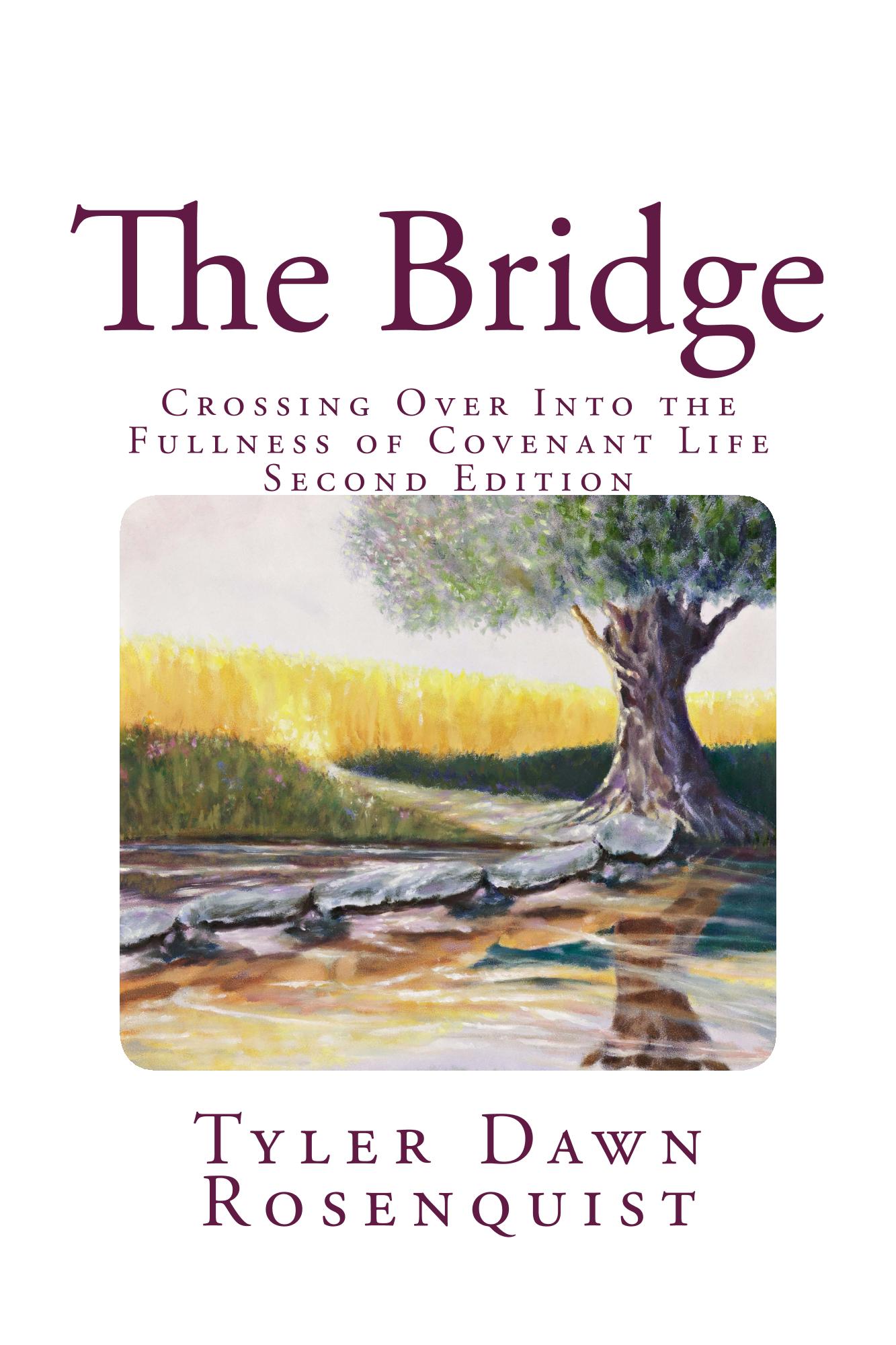

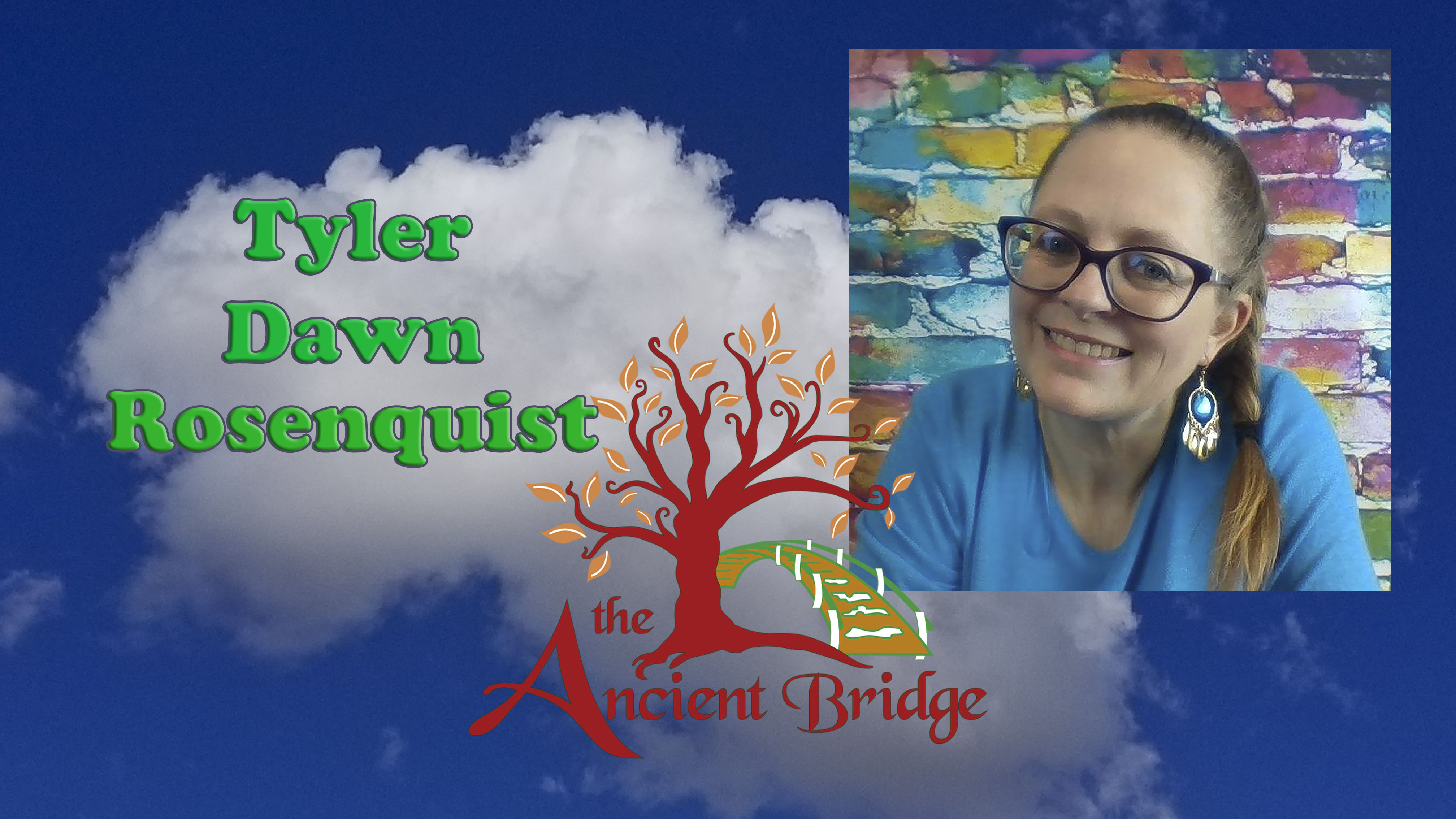
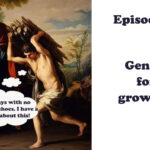


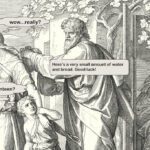
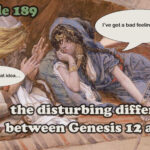
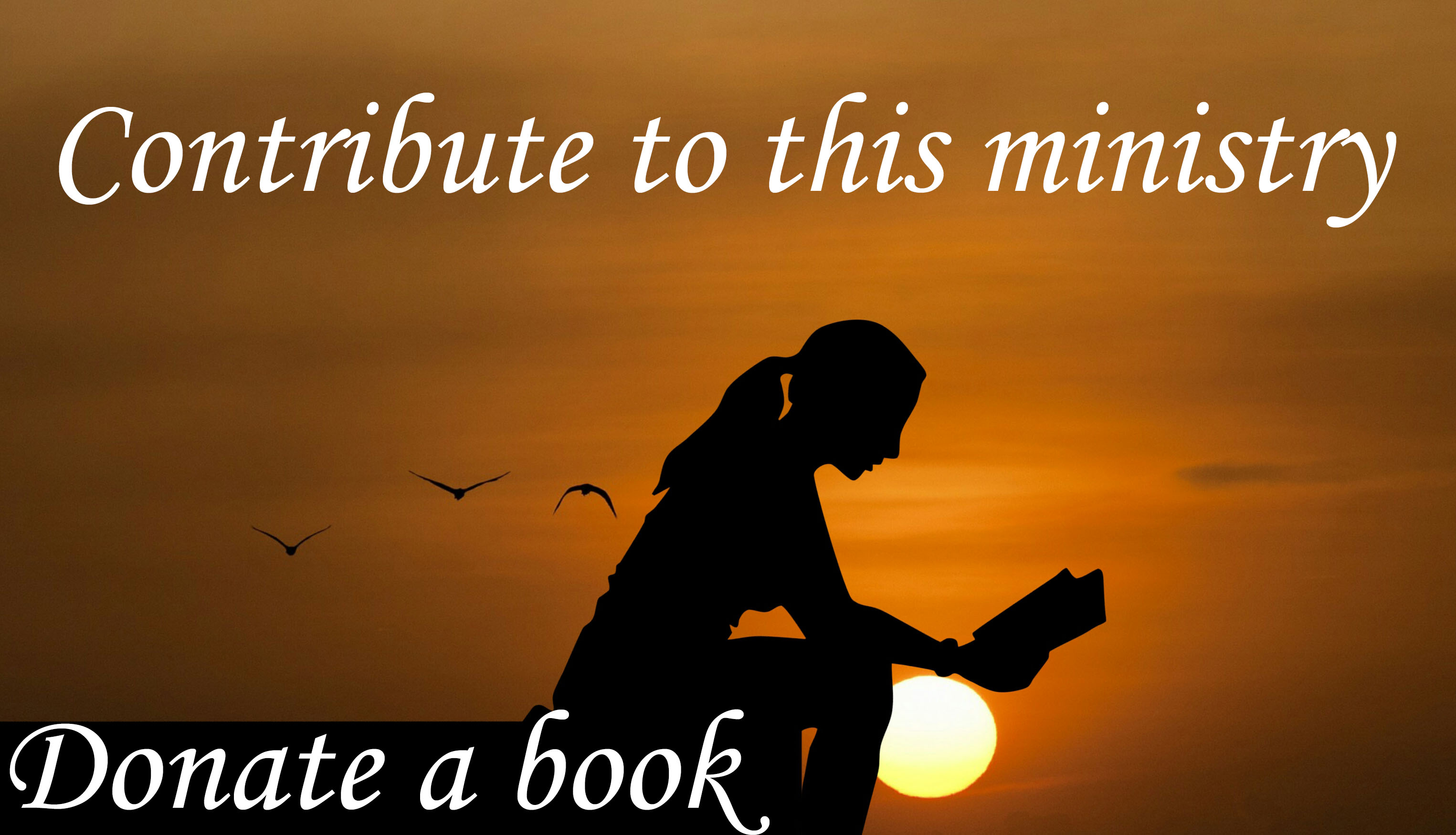
Good job Tyler of fleshing out the framework we have in place. The tools are throughout the Scriptures as you pointed out, so many literary styles used to speak to us. Whoso has ears to hear!
Thank you for this article Tyler! I’ve been in a discussion with a Christian friend about this passage and reached out to a couple of teachers, who are more knowledgeable than I in the Scriptures. Dinah Dye sent me this article [not sure how I missed it], but as I began to read it … the thought hit me … what if Matthew 27 is a Hebrew idiom?!? It speaks of the veil being rent, the rocks shaking [crying out?!?], and the graves in the area being opened at the time Messiah breathed HIS last breath. Could this be an idom for something like we’d say in our modern culture “it’ll wake the dead?” I so wish we had some good teachings on the book of Revelation line by line, precept by precept!
One thing I did find very interesting is how the ancient sources called Messiah “Ephraim, My True Messiah.”
Blessings and thanks for all you do!!!
Best teacher on Revelation is, you guessed it, Dinah Dye lol – hopefully she will get to The Temple Revealed in Revelation at some point!
For for this cause was the gospel preached also to them that are dead, that they might be judged according to men in the flesh, but live according to God in the spirit.
I have read in a few different places that the dead who rose after Yeshua were considered Yeshua’s first fruit offering. Is that a valid assumption regardless of whether this is an idiom or an historical fact?
I remember hearing that years ago. The text says nothing about them being taken up again with Yeshua, only that they appeared to many in Jerusalem. I mean, my entire teaching is pure conjecture based on one 9th century Jewish text, and I presented it as theory – but the idea that it is a for sure thing that they were presented as a first fruit offering – I have a problem with that. It certainly isn’t a historical fact, I mean we have no Biblical basis nor extra-Biblical documentation of such a thing that I am aware of. Yeshua Himself was the firstfruit offering. Lemme give you some verses:
I Cor 15:20 But in fact Christ has been raised from the dead, the firstfruits of those who have fallen asleep.
I Cor 15:23 But each in his own order: Christ the firstfruits, then at his coming those who belong to Christ.
Now, James 1:18 describes all of us as the firstfruits of all the creatures of the earth
18 Of his own will he brought us forth by the word of truth, that we should be a kind of firstfruits of his creatures.
In Rev 14:4-5 we also have the 144,000 called the firstfruits:
4 It is these who have not defiled themselves with women, for they are virgins. It is these who follow the Lamb wherever he goes. These have been redeemed from mankind as firstfruits for God and the Lamb, 5 and in their mouth no lie was found, for they are blameless.
My suspicion is that it is Hebrew Roots midrashic fiction – there are a lot of “what if” teachings out there that have been presented as proven facts, when in reality they are just “fill in the blanks of the narrative” stories. I don’t have a problem with those being presented, as long as they are portrayed as midrashic fiction. I would seriously need to see something in a hard source before crediting that teaching, and it’s why I clearly present such things as fiction or theories when I write them myself.
Thank you for helping to clear that up!
Tyler, thanks, I’ve been trying to figure this out since ’72, told by ‘scholars’ that the verse was added, no reason why; people focus on ‘firstfruits’ as plural, etc.
Midrashic/aggadah fiction does look like a fit and an explanation. ♥
Thanks for the enlightening article. However, there is an account in the Ante Nicene Fathers that describes this. According to that account, Simeon the temple Priest was one of the ones who was resurrected. He appeared to many, and was actually brought before the High Priest who interrogated him. Simeon then told about his time in Abraham’s bosom, who all was there with him (all the OT prophets, for example), and how he was released. The account is interesting on many levels. It also personifies Death and Hades, who Satan appeals to to prevent Jesus from being resurrected. The account is wild and at least a little hard to take seriously. But it is a fascinating read.
Well, that’s really cool. I hadn’t heard or read that before so I am looking forward to looking that up! Thanks! I mean, yes, it sounds legendary like the eight days of oil or the Protoevangelion of James, but such things are an interesting look into the beliefs of the times and always worth a look. I appreciate the heads up!